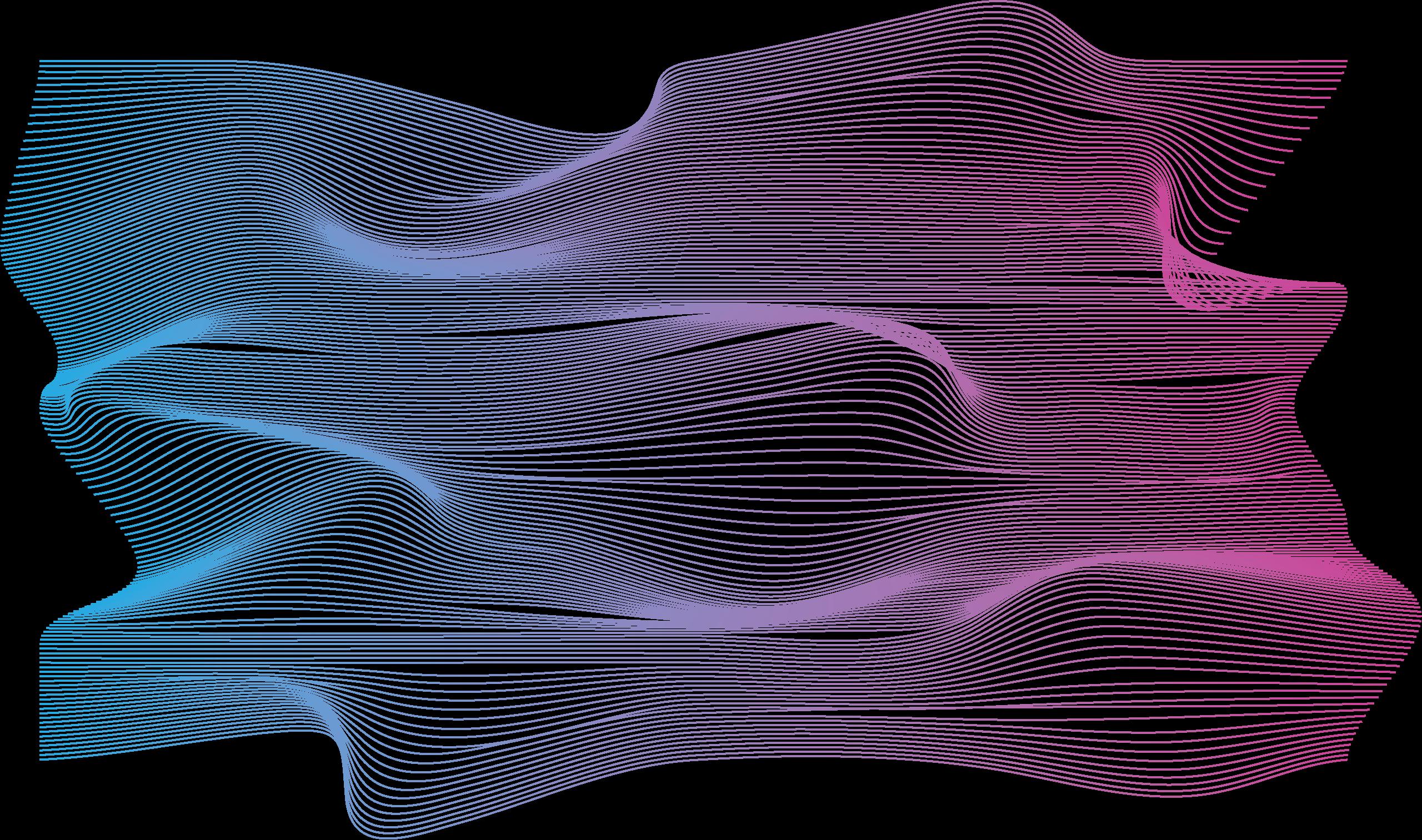The Underappreciated Value of Awe BY LEIGHTON PU Figure 1: View of a sunset, which is a known source of awe.
A
n integral part of the human condition is the constant experience of emotions.1 Eating with friends induces happiness, while sadness ensues loss. A student’s anxiety is maintained at a baseline throughout a semester and spikes during midterm and finals season. Emotions like happiness, sadness, and anxiety are commonly recognized and discussed. Yet awe is not afforded the same attention, and research on its experiential impact only began in the last two decades.2 Even with its powerful ability to cause acute emotional responses, awe receives less attention than more familiar emotions.3 Psychologists still hold different opinions on if awe is an emotion. UCSF professor emeritus Paul Ekamn thinks of awe as an emotion like any other, whereas the pioneering emotional psychologist Richard Lazarus described awe as a psychological state consisting of emotional qualities.3 Though both ideas have their merits, a definition of awe proposed by UC Berkeley’s professor of psychology Dacher Keltner and American social psychologist Jonathan Haidt aligns more with Ekman’s idea. They define awe as an emotion felt when
FEATURES
one experiences vastness and the need for accommodation.4 Vastness can occur in the presence of colorful sunsets, physically impressive mountains, and looming skyscrapers. It can result from considering the accomplishments of figures like Gandhi or Einstein, or from pondering profound concepts like the golden ratio.3 In other words, vastness is a “stimulus that challenges one’s accustomed frame of reference in some dimension.”4 The challenge vastness brings to an individual’s frame of reference necessitates accommodation—the other condition of awe.4 Accommodation occurs when one changes their mental structures to assimilate a new experience of vastness.4 For instance, accomodation follows observing an incredible shade of green for the first time, in a forest rich in color, or taking in the powerful force of air on a windy day. Awe must meet the conditions of vastness and accommodation, but can nonetheless be induced by simple experiences.5 So long as an individual experiences vastness and the need for accommodation, one experiences awe.4 Simply put, awe is the experience of being struck by something unfamiliar.
On average, people experience awe twice a week.5 The high frequency of awe may be due in part to the many sources of awe. Taking in the height of towering trees, discovering mutual connections with a stranger, or a nice arrangement of clouds can elicit awe. Feats big and small, from a friend facing adversity, but earning high marks, to looking at the Egyptian pyramids, can produce a collective of intense emotions connected to awe. Oftentimes,
“They define awe as an emotion felt when one experiences vastness and the need for accommodation.” researchers studying awe show participants striking images of nature or ask them to recall moments in which they experienced a deep sense of awe. Other elicitors
SPRING 2022 | Berkeley Scientific Journal
21


















